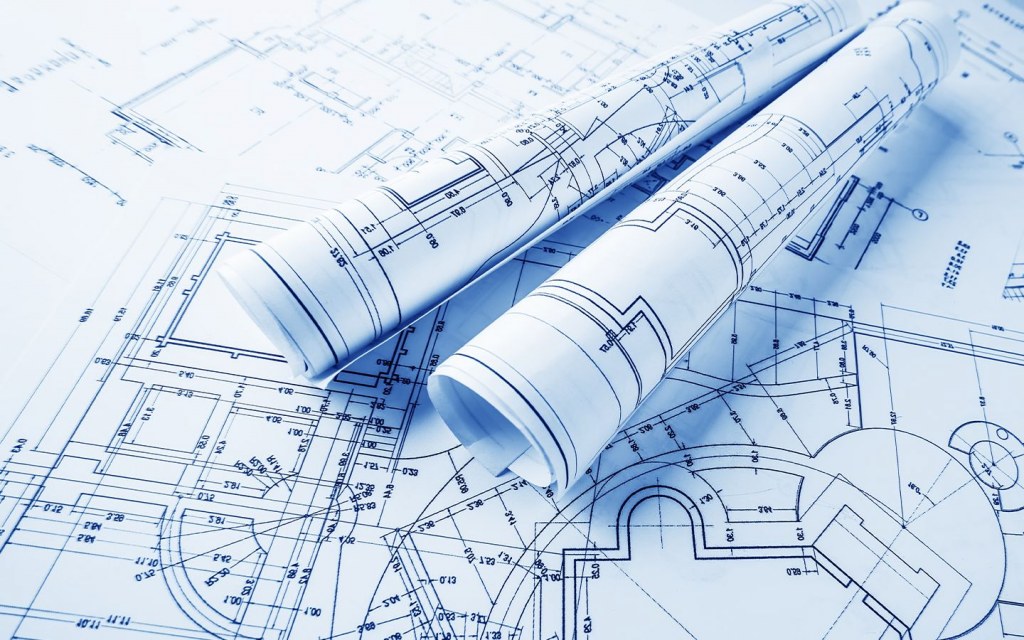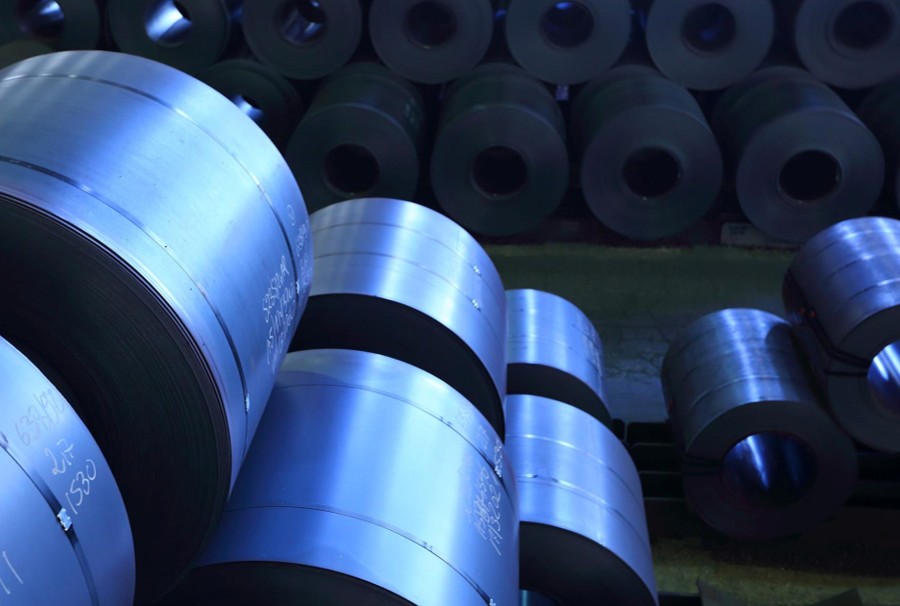Market Data

August 2, 2015
Steel Buyers Basics: Steel Specifications 2
Written by Mario Briccetti
Steel Market Update (SMU) produces two series of articles focused on the buying and selling of flat rolled steel. Many of the articles can be found on our website under: Steel Buyers Basics or The Truth About Selling Steel. The following article is part of our Steel Buyers Basics series and is written by Mario Briccetti who is an instructor for our Steel 101 and Steel Sales Training workshops:
In my series of articles I have described the need for buyers to understand their steel specifications focusing on the big cost items – like gauge and width, coating weight and chemistry specifications. However there is an additional long list of steel specifications, each costing extra $, that are often hidden in the price of steel. Hidden pricing is a problem for any buyer so I am going to throw some light on the subject in this article using Mill pricing for cold rolled steel. (April 1, 2015 US Steel extras are available here.
All prices are $/cwt. (multiply by 20 to get $/ton). Here is a list of extras in regard to steel hardness:
Specified Hardness – 0.75
Full Hard – Inquire
½ Hard to 70-85 Rb – 1.50
¼ Hard 60 – 75 Rb – 0.75
Cold Rolled Tack Plate – 0.90
Restricted Chemistry – Inquire
Here are the extras (also in $/cwt.) for finishes:
Rough Matte – 55 to 90 Ra Base
Regular Matte – 30 to 60 Base
Light Matte – 35 to 45 Base
Ground Roll Bright – 20 to 40 1.00
Brushed Bright – 15 max 1.00
Commercial Bright – 10 max 1.70
Embossed (Patterned) 1.50
Exposed – Inquire
There are lots more of these types of extras and not just for cold rolled steel, they exist for all types of steel.
None of these extras are much individually but for a volume buyer of steel they really add up. If these extras can be eliminated without affecting product quality then the money goes straight to the bottom line – for forever. Not only can these extras cost money, they can also reduce the availability of steel in the first place, either because not all mills make the specification or because multiple heats are required by the mills that do (instead of a 40 ton minimum order the minimum order size goes to 500 tons).
In my experience, engineers designing with steel often over-specify the material (known as gold-plating). They do so for the best of reasons – they want to be sure their design works. However these extras often go unquestioned by the buyers, either because buyers don’t see that their jobs include questioning engineering specifications or because the buyer simply doesn’t understand what the specifications mean.
Also many of these kinds of specifications were written years ago. The steel industry doesn’t change quickly but it does change. It is possible that the spec. is out-of-date and no longer really necessary or, it may be that the end-use of the product no longer requires the particular spec.
My point is that a good steel buyer should know each and every extra they have for each steel specification they buy and, know the reason why. (A good part system would have comments in the part file but I may be dreaming here.) A really good buyer will not only know the reasons for these kinds of specifications but also have suggestions on how to get rid of them.
Fortunately a buyer has a resource that can help him – the supplier. Your supplier (or your supplier’s supplier) should have an understanding of each extra and why they are necessary. Perhaps they will tell you immediately that the extra is no longer necessary or a cheaper extra is good enough. If neither your supplier nor your engineer know why an extra is required that’s a clear signal that it is time to challenge the specification and research the matter.
Finally, it seems to me that knowledgeable people in the steel industry are getting older and not being replaced. That’s a sign of the times but for a steel buyer it’s a personal growth opportunity. Take the time to become the steel expert in your organization.
Written by: Mario Briccetti of Briccetti & Associates an industry supply chain consultant and an instructor for Steel Market Update (Steel 101 & Sales Training workshops). He can be reached at: Mario@mbriccetti.com.






